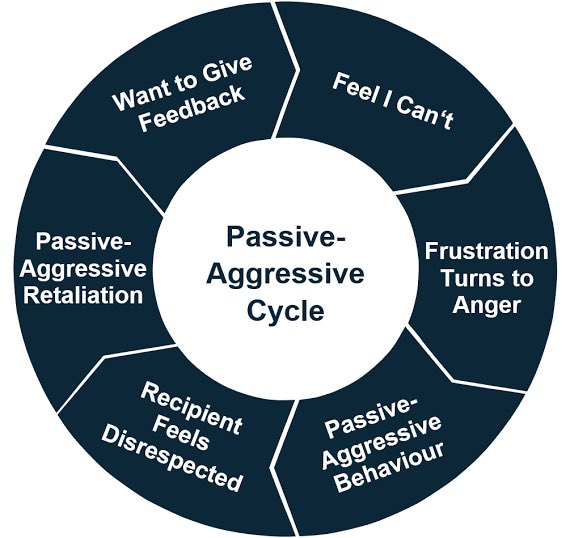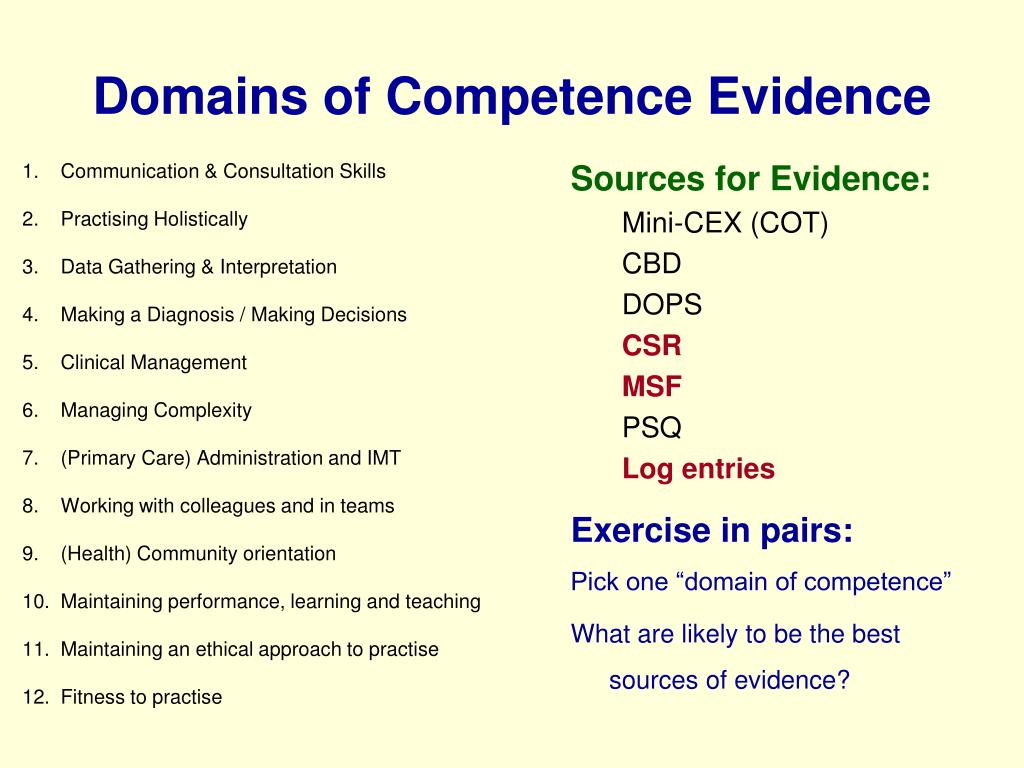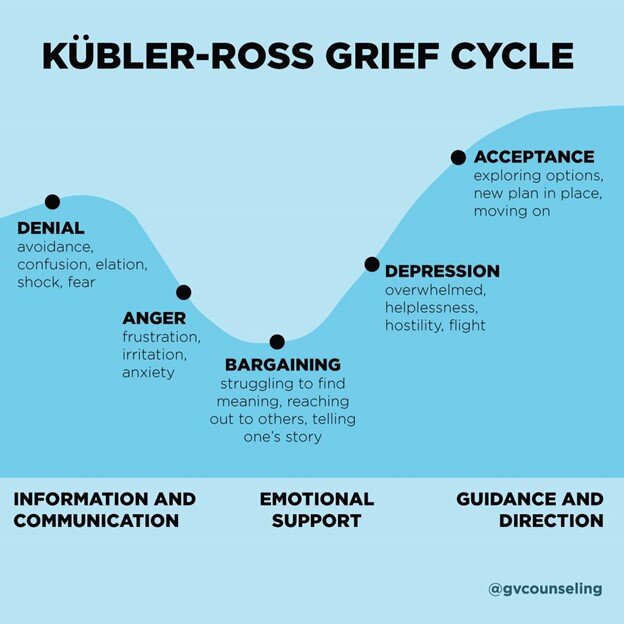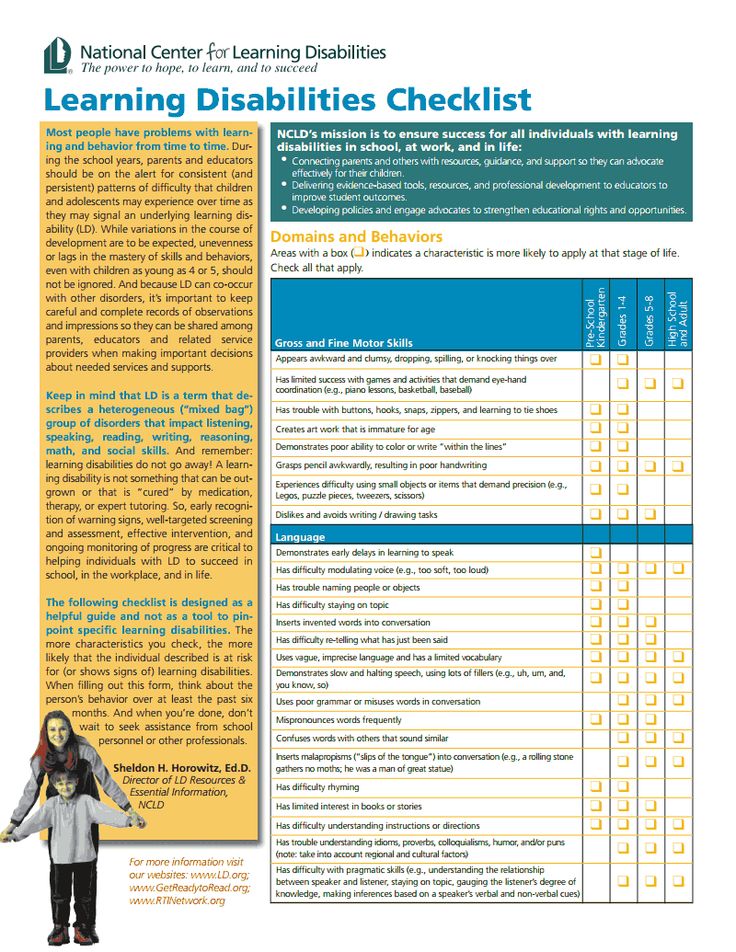Complete stress cycle
Completing Our Body's Stress Response Cycle
When we face anything the brain perceives as a threat, stress is the body's natural response. Like all biological processes, it has a beginning, a middle, and an end. If we can move all the way through the stress response cycle, we stay healthier. Identical twin sisters Drs. Amelia and Emily Nagoski identify the difference between stress and stressors in their book, "Burnout: The Secret to Unlocking the Stress Cycle." They write:
“The good news is that stress is not the problem. It’s how we deal with stress—not what causes it—that releases the stress, completes the cycle, and ultimately, keeps us from burning out. You can’t control every external stressor that comes your way. The goal isn’t to live in a state of perpetual balance and peace and calm; the goal is to move through stress to calm, so that you’re ready for the next stressor, and to move from effort to rest and back again.”
The problems begin if we get stuck--that's burnout. Take the example of traffic. If you have a difficult commute home, you don’t instantly feel peaceful and relaxed in your body when you arrive. Your body is still in the middle of the stress response. Even though you’ve dealt with the stressor by getting out of traffic, your body still needs you to deal with the stress itself by completing the stress response cycle.
Here are 6 evidence-based strategies for completing our body's stress cycle:
- Physical activity. It's not just about going to the gym. Dancing counts. Jumping jacks in your studio apartment are fine. Running; swimming; even stomping your feet and screaming or punching your pillow into oblivion. All of these work. The point is you have to use your body. Since stress is physical, physical activity is a big part of ending stress cycles.
- Creativity. Make something. Do you like to knit, paint, sing, write, or play with modeling clay? Whatever creative endeavor speaks to you, do it.
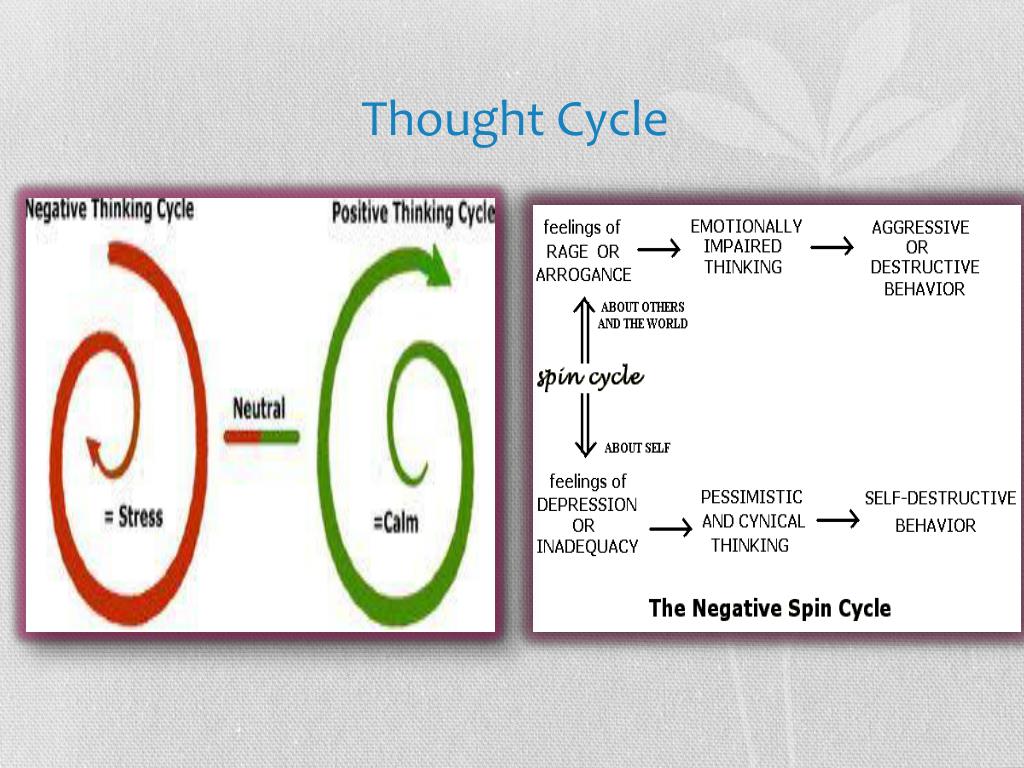
- Laughing. Especially when you can laugh together with someone, laughter is a way to release and express all the emotions we’re keeping inside. Emotions are like tunnels. If you go all the way through them, you get to the light at the end. Laughter helps with this, as does recalling a funny story that made you laugh.
- Crying. Crying is for everybody. Babies cry because it’s good for them, but it’s good for adults. Crying is one of our body’s mechanisms to release stress. It’s important not to be so embarrassed by our tears that we attempt to stop them from coming out.
- Physical affection. You don’t have to have a romantic partner, just someone you feel safe with to give you a long, strong hug (about 20 seconds according to the research) or time with a loving pet. Physical affection helps your body release trust and bonding hormones like oxytocin, and those can chase away the sense of danger your body was previously holding onto.
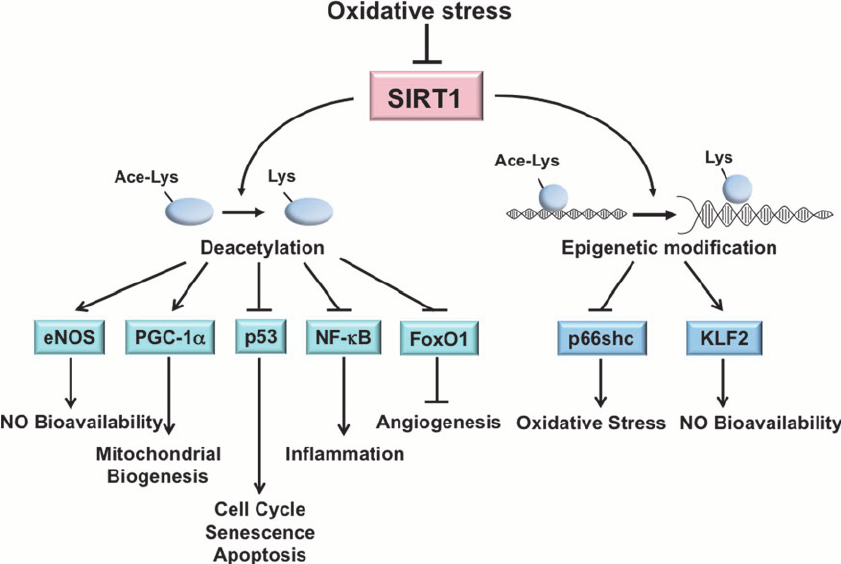 As our hormones shift, our heart rate slows and our body begins to feel safe.
As our hormones shift, our heart rate slows and our body begins to feel safe. - Deep breathing. Find a breathing tool that resonates with you. Here's a simple one: breathe in slowly for five seconds, hold that breath for five more seconds, and exhale for ten seconds. Just a few minutes of this practice can calm down your vagus nerve and complete your fight-or-flight stress response.
Explore these different strategies to discover what you enjoy and what works for you. You can return to the previous page to see more examples of ways you can complete the stress response cycle. Still feeling stuck? Try a free consult with one of the certified health and wellness coaches with UK HR Health and Wellness.
"Wellness is not a state of being—it’s a state of action. It is the freedom to oscillate through the cycles of being human. Real-world wellness is messy, complicated, and not always accessible. If you sometimes feel overwhelmed and exhausted, that doesn’t mean you’re doing it wrong; it just means you’re moving through the process.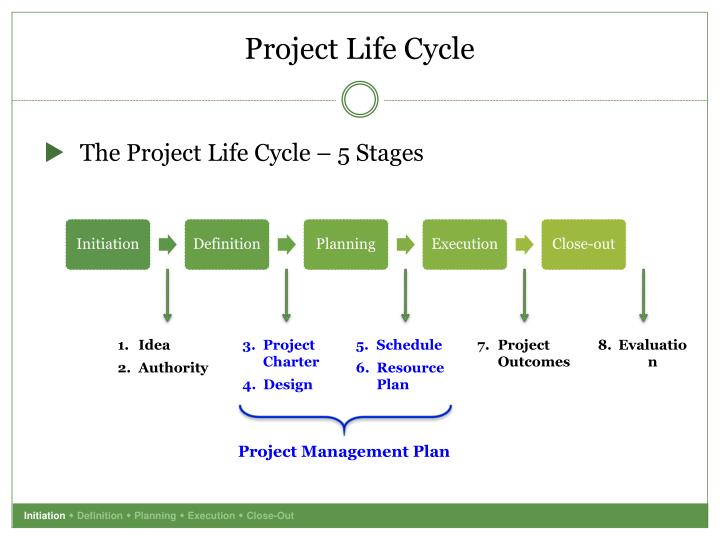 Grant your body permission to be imperfect and listen to your own experience." - Drs. Amelia and Emily Nagoski from their book, "Burnout."
Grant your body permission to be imperfect and listen to your own experience." - Drs. Amelia and Emily Nagoski from their book, "Burnout."
How to Complete The Stress Response Cycle
We include products we think are useful for our readers. If you buy through links on this page, we may earn a small commission. Here’s our process.
The alarm, resistance, and exhaustion stages of the stress response cycle help your body respond to stress. Learning how to complete the stress cycle may help you cope.
Everyone experiences stress at one time or another. It might be something as simple as a looming deadline or as emotional as the death of a loved one that triggers your stress levels.
According to the National Institute of Mental Health, stress is the physical or mental response to an external cause that can be either positive or negative.
No matter the cause, many people who deal with a stressful situation will go through the stress response cycle. While there’s no one way to manage stress, completing this natural sequence of steps can help you cope with your situation healthily.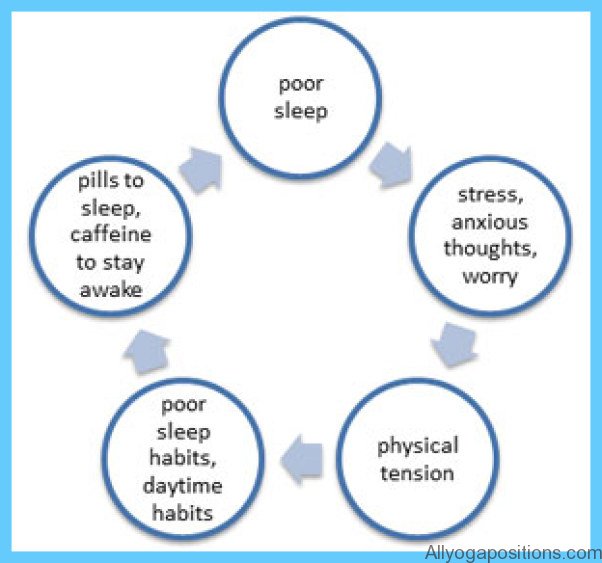
There are simple ways to help yourself effectively work through your reactions to stress, so your body and mind can recover.
To understand the stress response cycle, you first must understand how stress affects the body.
Research from 2021 suggests that when experiencing stress-induced physiological changes, you may experience the following stages:
- alarm
- resistance
- exhaustion
Alarm
If you encounter an acute stressor or danger, an area of the brain called the amygdala sends signals to another region called the hypothalamus. The hypothalamus functions as the brain’s command center — transporting information to the rest of the body via the nervous system.
When the hypothalamus activates the sympathetic nervous system, adrenal glands respond by releasing the hormone epinephrine (adrenaline) into the bloodstream.
This can lead to several physiological changes, such as fast breathing, a rapid heartbeat, an energy surge, and increased alertness.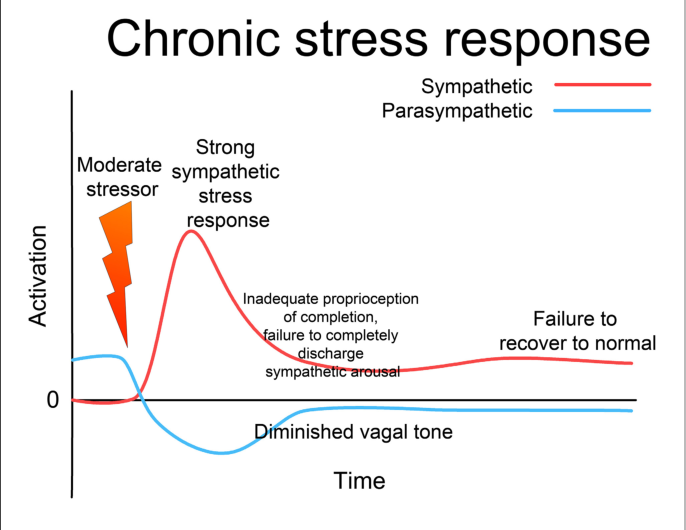
Your body’s complex response to stress is known as the fight, flight, or freeze response. It’s the same strategy that animals and early human ancestors used when encountering danger.
Resistance
Once the sense of threat or danger has passed, your parasympathetic nervous system puts the “brakes” on and lessens the body’s stress response. But you may stay alert to observe if you feel safe and have obtained balance within your body.
If you still sense that you are unsafe, stress hormones will increase, and you might experience symptoms such as:
- poor concentration
- irritability
- frustration
Exhaustion
If you aren’t able to complete the stress cycle, your body may repeat its stress response. Prolonged and chronic stress can take its toll, leading to:
- heart disease
- stomach ulcers
- sleep dysregulation
- psychiatric disorders
- depression
- anxiety
- fatigue
- burnout
There are several research-based ways to help complete the stress cycle and manage your body’s response to a tense situation. Consider the tips below to help you cope.
Consider the tips below to help you cope.
In a fight, flight, or freeze scenario being active may help you survive the threat and keep your body safe. You can imitate this natural response with exercise.
The U.S. Department of Health & Human Services recommends that adults get at least 150 minutes (2 hours and 30 minutes) to 300 minutes (5 hours) of moderate-intensity physical activity each week for substantial health benefits.
Consider engaging in the following activities:
- jogging
- playing your favorite sport
- dancing
- hiking
- swimming
- pilates
- lifting weights
No matter the physical activity you choose, try to experiment with activities you enjoy. Everyone is different.
CreativityDoing something creative, such as drawing, writing, knitting, gardening, or cooking, can help your body recover from a stressful event and boost energy levels. The key is to try something that you enjoy.
The key is to try something that you enjoy.
Laughter is a useful way to release and express emotions you keep bottled up. Some easy ways to help induce laughter are to recall a funny story, watch a funny movie, or visit some friends who make you laugh.
CryingCrying is another way that your body releases stress. When you suppress your tears, you’re could be stopping yourself from a natural part of your recovery.
Physical affectionResearch from 2020 indicates that physical comfort from a loved one can help mimic the safety step of the stress response cycle. If you consent to the touch and feel safe, physical comfort can support your mental and physical health.
Some experts recommend a long, 20-second (minimum) hug, which helps activate the release of oxytocin, sometimes referred to as the “cuddle hormone.” Another option is to cuddle with a pet, which may improve your mental health and reduce stress.
You can also provide yourself with physical affection through:
- self-massage
- moving your hand in small circular motions on your chest
- embracing yourself in a hug
Slow, deep breathing can help your body regulate its stress response. Some examples of deep breathing exercises include:
- square breathing: 4-second inhale, 4-second hold, 4-second exhale, 4-second hold
- 4,7,8 breath: 4 seconds inhale, 7-second hold, 8second exhale
Exercises, such as tai chi, qi gong, and yoga combine deep breathing with fluid movements to help generate calmness.
RestGetting enough rest, including a full night’s sleep, can ensure that your body will recover from stressful events. The National Sleep Foundation recommends that adults get between seven to nine hours of sleep each night.
Coping with a stressful event can be tricky. But finding ways to mimic the stress response cycle, which involves physical activity, finding a safe place, and resting can help you cope with your stress.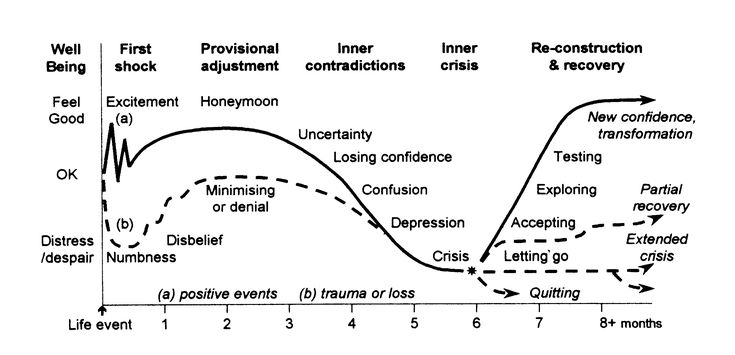
You might want to try a breathing app, such as Calm, Insight Timer, or KORU to help you regulate your stress levels throughout the day.
If stress interferes with your daily life, becomes severe, or doesn’t go away, consider talking with a professional mental health expert who can help you identify other strategies to cope.
Stress response cycle: what is it and how to complete it?
Health and beautyAntistress
- Photo
- Getty Images
Stress and its companions
A stressor is everything that we see, hear, everything that surrounds us and that our body reads as potentially dangerous. Stressors can be external - a pandemic, problems with money, children in puberty, lack of time, an aggressive boss, ill parents, and internal - low self-esteem, criticism of one's appearance and actions, fears and worries for oneself and loved ones.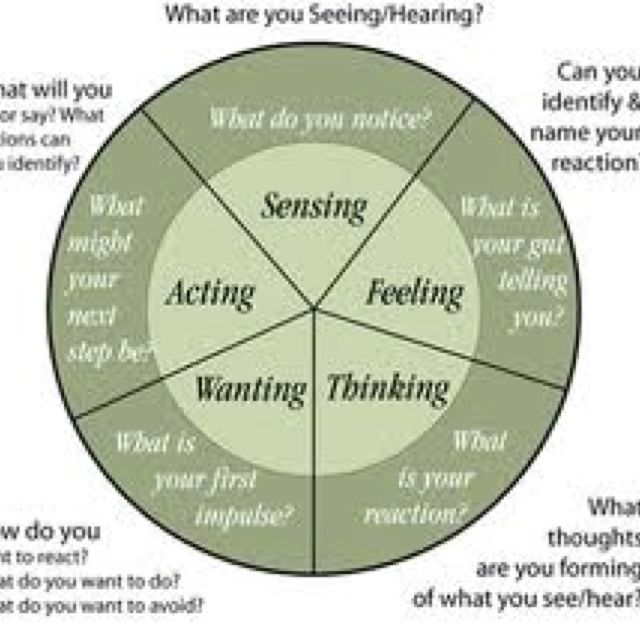
Stress is a direct bodily, nervous and physiological response to a stressor. That is, when a person says “I have stress”, it literally means that something in the external or internal world is read by his body as a threat.
The stress response is a cycle of changes throughout the body that is triggered by the body in response to the presence of a stressor. And it doesn’t matter if it’s an external threat or an internal one – a tiger is chasing you in the jungle or you are criticizing your reflection in the mirror. The body starts a cycle of stress response to any stressor to be ready to run or fight.
How to properly deal with stress
The main mistake in working with stress is that we start to fight stressors, directing a huge amount of energy to fight external circumstances or to restrain emotions.
However, dealing with one, two, or even three stressors does not affect the stress response cycle in any way. This means that the level of stress remains unchanged.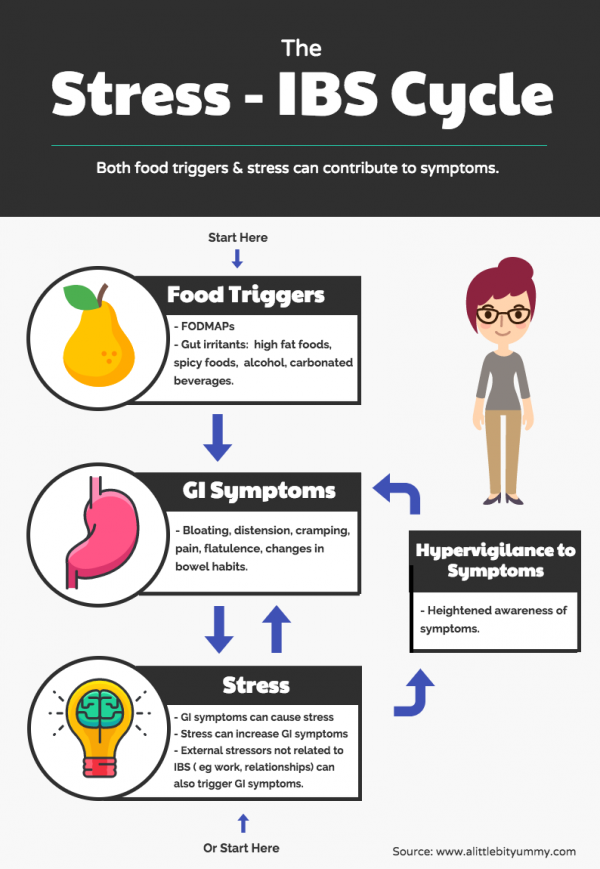 Moreover, the number of stressors may increase, and therefore the number of unfinished stress reactions will also increase.
Moreover, the number of stressors may increase, and therefore the number of unfinished stress reactions will also increase.
How the cycle of stress reactions usually works:
A modern person often "breaks" the stress reaction, preventing the chain from completing:
-
The boss yelled - the body turned on - I sit and keep silent.
-
Cut off on the road - the body turned on - I want to yell - yell indecently, I am silent.
-
Relationships are not satisfied - the body turned on - I do nothing - and tomorrow the same thing.
Thus, by the end of the day, our body accumulates dozens or even hundreds of incomplete stress reactions. And so day after day, until it “explodes”.
- Photo
- Getty Images
How to complete the stress response
Words and thoughts like “it's over, everything is fine, the tiger is defeated” do not end the cycle, because in nature it ends only with action.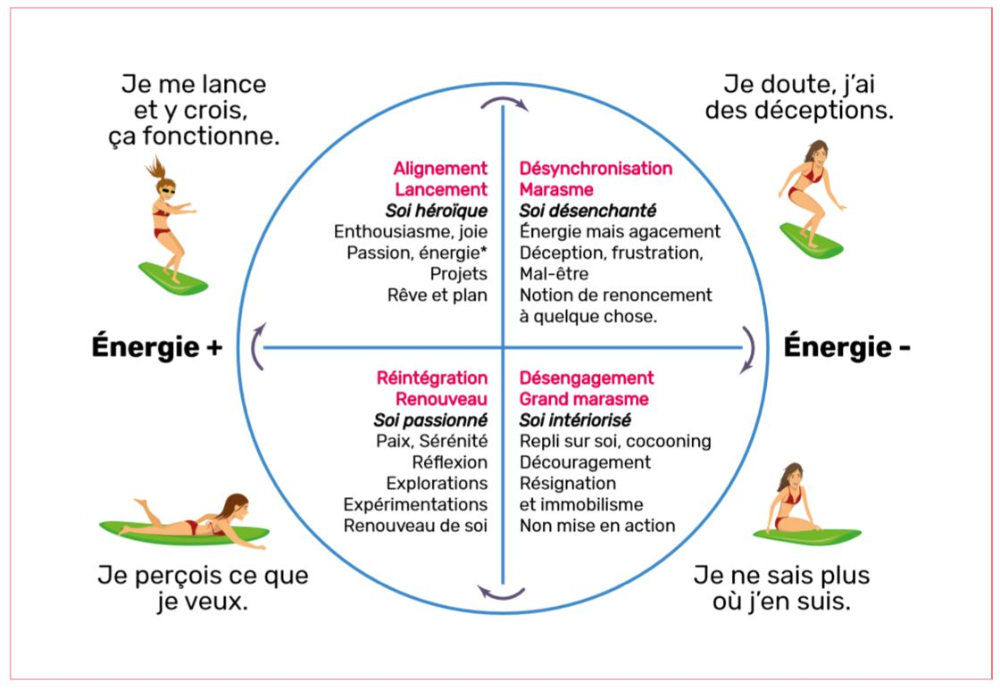 It is actions—fighting, winning, celebrating, communicating, contacting—that can complete the stress response cycle, even if the event happened long ago or if the stressor is still around you.
It is actions—fighting, winning, celebrating, communicating, contacting—that can complete the stress response cycle, even if the event happened long ago or if the stressor is still around you.
What are these activities?
1. Movement
It can be any movement you make during the day - dancing, running, active yoga, sports, intense walking. An adult should actively move for at least an hour a day. Compare this bare minimum to your activity level and consider how you can add movement to your life. This is the most important and most important way to complete the stress response cycle.
2. Hugs
Long, regular hugs and body contact signal to the body that it is safe and can relax. Hug with a partner, hug with friends and acquaintances, come to body groups. If there is no one to hug right now, pet a cat or a dog.
3. Breathing
Various psychological traumas (prolonged stressors) and events that are happening right now directly affect your breathing.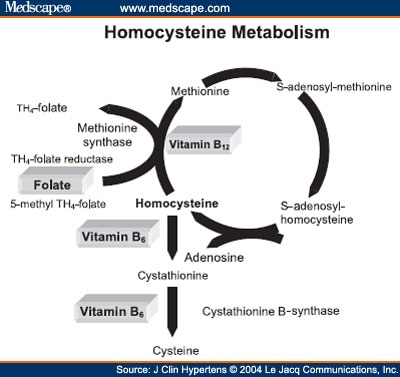 In fear or stress, it often becomes superficial or abrupt and intermittent. Therefore, it is important to observe your breathing and bring it back to normal consciously.
In fear or stress, it often becomes superficial or abrupt and intermittent. Therefore, it is important to observe your breathing and bring it back to normal consciously.
4. Warm communication
A large number of stressors and unfinished stress reactions often lead to the fact that we exclude communication with other people from our lives. It seems like there is no time or you don’t want to get out of the mink. But it is warm communication, not necessarily intimate, that helps the body feel safe. It can be a joint lunch with a colleague, where you discuss the vacation, it can be a meeting with a psychologist, where you share your experiences, or with a friend who will be silent with you.
5. Laughter
Laughter and hysterical crying activate the same muscles in the body - both are great for relieving tension. Watch funny films and performances, discuss jokes with friends. And even if it seems indecent to laugh, laugh anyway.
6. Tears
Tears, like laughter, help to release tension and complete the stress response cycle. We experience the emotions of artistic characters as our own, which means we can go through all stages of the stress response cycle with them. And complete them.
7. Creativity
Verbal, visual and performing arts help to cope with any stressors. Sing, dance, draw, weave, knit, play on stage, take pictures and be photographed - any creativity goes into the piggy bank.
How to choose your method?
You can choose the appropriate method only by trying each one in turn, choosing your own combinations. You may enjoy dancing on Mondays and Thursdays, running on Sundays, and clay sculpting on Saturdays. One thing is for sure, your body knows exactly what it needs right now to complete the stress response cycle. Just ask yourself "what I want now" and do it.
Three books on dealing with stress:
-
Robert M.
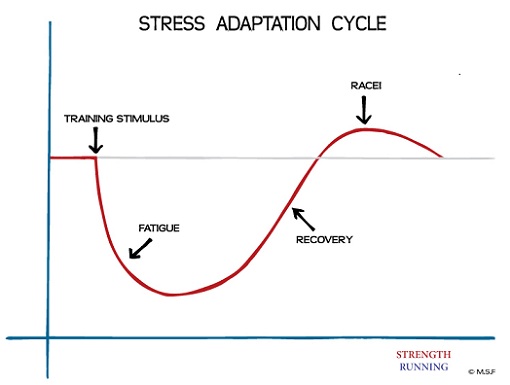 Sapolsky The Psychology of Stress
Sapolsky The Psychology of Stress -
Emily Nagoski Burnout. A new approach to stress relief”
-
Rangan Chatterjee “I can't take it anymore! How to cope with long-term stress and emotional burnout”
Body psychologist, psychosomatotherapist, supervisor
Text: PSYCHOLOGIES.RU editors
who moved to Moscow
Hatspeech, hate speech and verbal aggression: how hatred is manifested in speech
“I'm terribly afraid of my husband's betrayal. The fact is that before the wedding he gave reasons for jealousy”
“I cheated on my girlfriend. Now I want guarantees that she won't cheat on me.”
A tendency to set fires: what kind of people have it?
What men are afraid of in bed: 3 main fears
Women's team: why sexual competition makes you hate your colleagues
Quiz: Are your nerves naughty?
What do you do to help you deal with stress
The most effective way to end a cycle
What do we do when a lion is chasing us?
Run.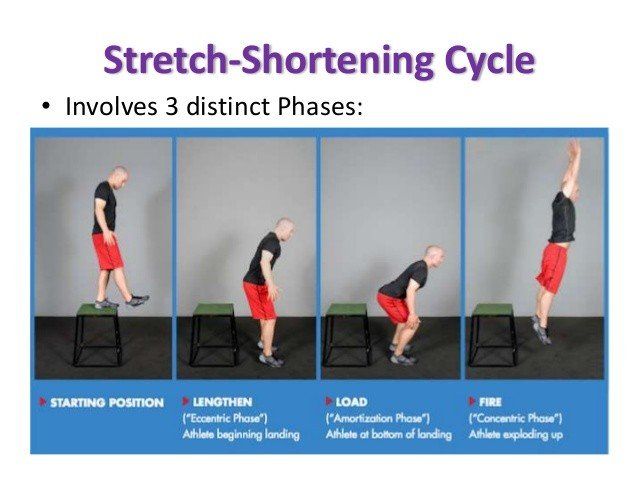
And when they drove us to the offices to issue a miserable certificate? When we spin like a squirrel in a wheel to earn a living?
Run.
Or we swim.
Or we dance around the apartment, shouting the words of our favorite song. Or we sweat in the fitness center. Anything will do - the main thing is that in the process you shake your body well and breathe heavily.
How long does it take?
Twenty minutes to an hour will suffice for most. But daily or at least every other day. After all, you experience stress all the time, which means that the completion of the cycle of stress reactions must occur constantly. At first, it’s enough just to get up from a chair, take a deep breath, tighten all the muscles and relax after 20 seconds, then shake your arms and legs and take another deep breath.
Remember, your body doesn't know what it's like to "fill in the receipt" or "resolve an interpersonal conflict through rational negotiation.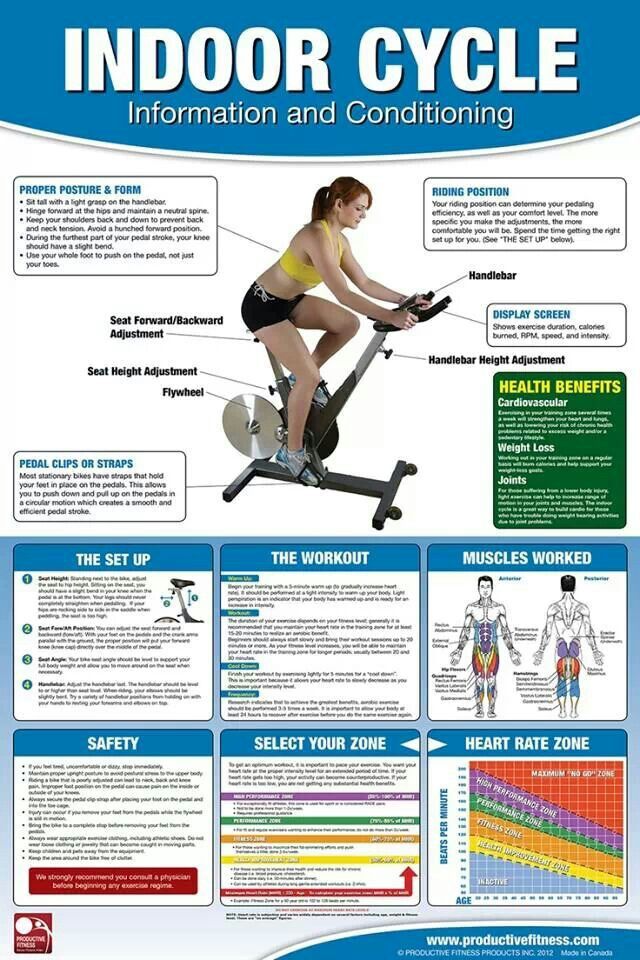 " However, he knows perfectly well what it is to jump and swing. The body understands only its own language - body language .
" However, he knows perfectly well what it is to jump and swing. The body understands only its own language - body language .
You've heard a million times that exercise is good for your health. That it helps to cope with stress, improves well-being, improves mood, sharpens the mind - in a word, everyone urgently ran to the gym! Now you know why. Physical activity is a signal to the body that you have successfully survived the threat and it is safe to be in your body again. Physical activity is the most powerful way to end the stress response cycle.
Other ways to complete the cycle
Literally any movement of your body is the first weapon in the battle against burnout. But this is not the only way to defuse. There are other working methods. Let's look at six more methods that have proven themselves successfully.
1. Breathing
Deep, measured breathing reduces the intensity of the stress response, especially when the exhalation is slow, long and empties the lungs to the very end.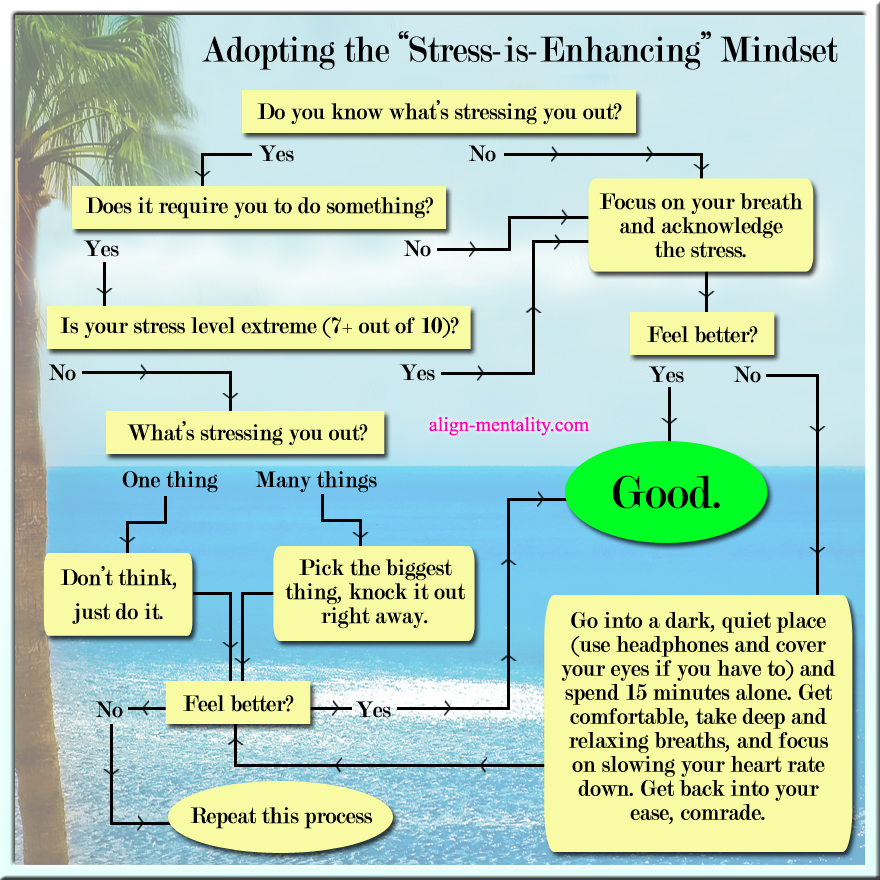 Feel your stomach tighten up. Breathing works best when stress is moderate. If it overwhelms you, breathing can slightly reduce the tension, and when the difficult situation is left behind, you should move on to more active methods. If you are experiencing the consequences of a trauma, simple deep breathing is the gentlest way to begin to unravel the tangle of experiences. This is the best start to self-healing. You can use this technique as a basis: inhale slowly, counting to five; hold your breath while counting to five; then slowly exhale, counting to ten; Breathing out completely, count to five. Do this three times. Just a minute and 15 seconds of mindful breathing and you will feel better.
Feel your stomach tighten up. Breathing works best when stress is moderate. If it overwhelms you, breathing can slightly reduce the tension, and when the difficult situation is left behind, you should move on to more active methods. If you are experiencing the consequences of a trauma, simple deep breathing is the gentlest way to begin to unravel the tangle of experiences. This is the best start to self-healing. You can use this technique as a basis: inhale slowly, counting to five; hold your breath while counting to five; then slowly exhale, counting to ten; Breathing out completely, count to five. Do this three times. Just a minute and 15 seconds of mindful breathing and you will feel better.
2. Warm communication
Superficial but friendly contacts with others are the first external signal that the world around is safe. Most people think that a neighbor on the train will bother you - it would be better if she left us alone! But in fact, a polite exchange of words is more beneficial for our mental well-being than mutual silence.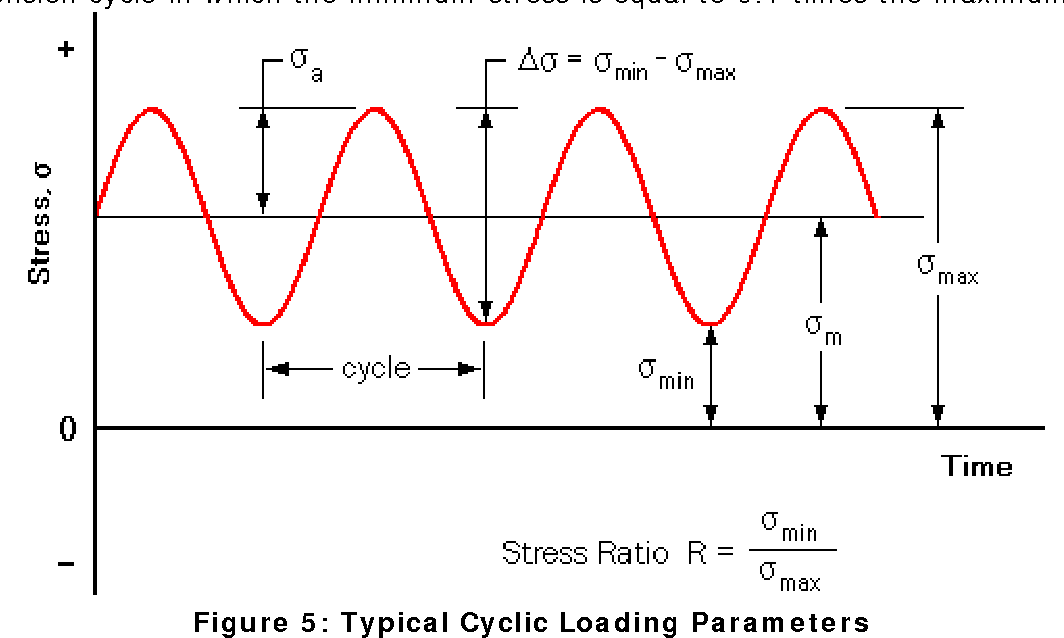 People who have more social connections tend to be happier. The next time you buy a cup of coffee, wish the barista a good day. Give the cashier at the cafeteria a nice compliment. Convince your brain that you are surrounded by nice people, that the world is adequate and predictable. It works!
People who have more social connections tend to be happier. The next time you buy a cup of coffee, wish the barista a good day. Give the cashier at the cafeteria a nice compliment. Convince your brain that you are surrounded by nice people, that the world is adequate and predictable. It works!
3. Laughter
When you laugh with someone, even at trifles, your relationship satisfaction increases. However, laughter should be sincere, not feigned formal. Loud, obscene, from the heart. Neuroscientist Sophie Scott says that when we laugh, we “use an ancient evolutionary system to create and strengthen group bonds and regulate our emotional levels.”
4. Attachment
When friendly chirping is not enough, and you are too alarmed to laugh, it's love's turn. The presence of a person with whom you have mutual trust and respect helps to cope with stress. Physical attraction is great, but not necessary. A simple warm hug in a relaxed, safe context gets the body back to normal just as successfully as a three-kilometer run from a predator.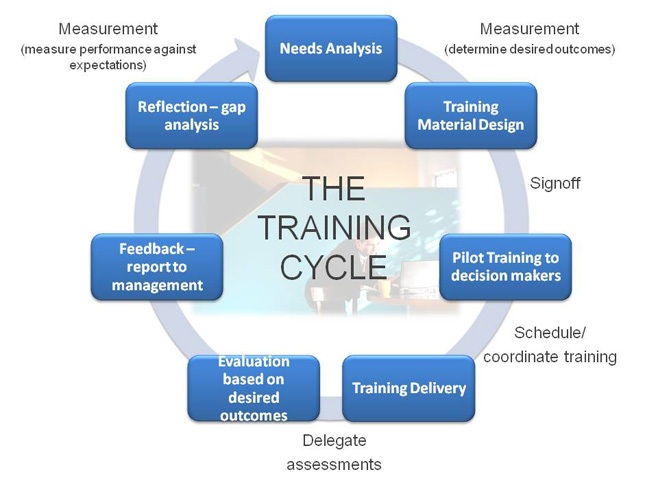 Plus, you don't have to sweat as much!
Plus, you don't have to sweat as much!
John Gottman, researcher in the field of human relations, suggests trying the "six second kiss". He suggests kissing your partner or partner every day for six seconds. Six seconds in one kiss, not six kisses in one second! Some will argue that this is strange, but Gottman has an explanation. You can't kiss a person you dislike or despise for six whole seconds. It's too long a kiss for someone you don't feel safe with. Kissing with someone for so long, you willy-nilly note that you like this person, you trust him and feel warmth. A long kiss signals to your body that you are in the safe territory of your tribe.
Another example. Hug someone you love and trust for 20 seconds without shifting your center of gravity. Usually, when hugging someone, we quickly lean forward and briefly lean on the person. Or, alternatively, one of you is firmly on your feet, and the second is pressed against him so that he risks falling if the first suddenly moves. Instead, keep a balance and don't let your loved one fall on you too. Wrap your arms around each other and don't let go. The study showed: after 20 seconds, the hormonal background changes, blood pressure and pulse decrease, mood rises. And after this, the level of oxytocin, the hormone of social bonds, rises.
Instead, keep a balance and don't let your loved one fall on you too. Wrap your arms around each other and don't let go. The study showed: after 20 seconds, the hormonal background changes, blood pressure and pulse decrease, mood rises. And after this, the level of oxytocin, the hormone of social bonds, rises.
Both a long, deliberate kiss and a twenty-second hug tell your body that you are safe. The lion remained far away in the jungle, you rushed to the village and are at home, safe and sound. And close people nearby.
Of course, 20 seconds is an approximate figure. The main thing is that you feel a qualitative shift in your well-being. As psychologist Susanna Iasenza says, “Hug until you feel peace in your soul.” Fortunately, our ability to complete the cycle through warm attachment is not limited to humans. Pet a cat for a few minutes - and your pressure will also normalize. Pet owners often report that relationships with pets are more supportive than relationships with people. And if you have a dog to walk, you get the combined effect of love plus physical activity. Dogs and horses are ideal "therapeutic" animals for those who have been deeply traumatized in close relationships with people.
And if you have a dog to walk, you get the combined effect of love plus physical activity. Dogs and horses are ideal "therapeutic" animals for those who have been deeply traumatized in close relationships with people.
Say more! The beneficial effects of attachment can be experienced even through spiritual practices. Scientists often measure the role of transcendent states in people's mental well-being. Key factors include “meaning in life” (which is so important that we devoted Chapter 3 to it) and social support from a like-minded group or religious community. But by and large, spiritual contact is the very feeling of security, need and connection to a powerful source of resources, mental or material. In short, you feel behind your back an invisible, but well-tangible tribe of relatives.
5. Good old crying
Will you say that tears won't help grief? Remember that dealing with the cause of stress and dealing with stress itself are two different things.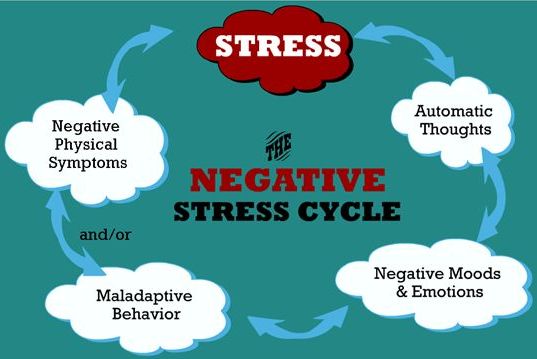 Remember how you held back with all your might, ran to your room, slammed the door - and the next second sobs burst out. Ten minutes later, you took a deep breath, went to wash and felt a weight fall from your shoulders. The stressful situation has not gone away, but you have discharged your stress response.
Remember how you held back with all your might, ran to your room, slammed the door - and the next second sobs burst out. Ten minutes later, you took a deep breath, went to wash and felt a weight fall from your shoulders. The stressful situation has not gone away, but you have discharged your stress response.
Do you have a favorite melodrama that is impossible to watch without crying? And you know exactly what minute to take out a box of tissues, saying in a trembling voice: “I love this scene!” When you experience the emotions of artistic characters, your body perceives them as its own. The plot of the film takes you through a full cycle.
6. Creative self-expression
Make time for creativity today and tomorrow you will be more energetic, lively and spontaneous.
Why is this happening? Like sports, the arts, including sculpture, music, theater and writing, provide a breeding ground for emotional outbursts. When a romantic crush hits you, all these songs on the radio suddenly resonate in your soul! And even if you got your friends with your outpourings, songs will always help to throw out emotional stress.